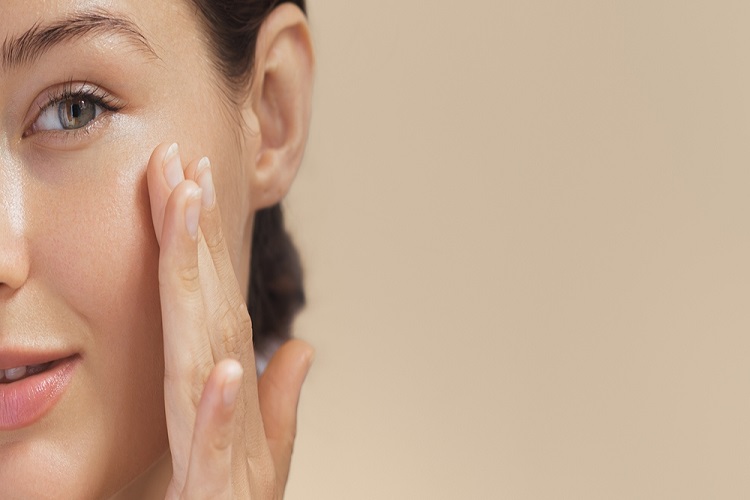Before any procedure in orthodontics, a patient must first meet with the orthodontist to discuss their goals and ask questions about the various options. In addition to a thorough examination, the orthodontist also takes a medical history to create a mold of the bite, which will be used to create a customized appliance for the patient. Once the patient has paid the appropriate fees, the orthodontist will begin the process.
Table of Contents
Treatment options
An experienced orthodontist will use various treatment options to fix the irregularities of the mouth. Often, these treatments improve oral functions such as chewing, speaking, and gating and improve the overall aesthetics of the teeth. Treatment options in orthodontics can address any number of dental irregularities, from crooked teeth to severe cases of malocclusion.
Orthodontics is often used to fix misaligned teeth in children. This can result in crooked and overlapping teeth, as well as bad bites. Additionally, it can support the structural development of teeth by supporting their proper alignment. Aligners, for example, encourage the correct growth of the upper dental arch, which can help minimize the need for orthodontic treatment later in life. For these reasons, it’s important to consider the many benefits of orthodontic treatment.
Elastics
One of the oldest methods of orthodontic treatment is using elastics. These are often used to move teeth more quickly and help reduce treatment time. However, they can be uncomfortable, and improper use can lead to problems. Listed below are some of the dangers of using elastics during orthodontics treatments. If you have an allergic reaction to latex, be sure to tell your orthodontist ahead of time. If you have a latex allergy, ask your orthodontist to use latex-free rubber bands.
You should replace the elastics as soon as they become stretched or broken. The older ones will stretch out over time and may not provide enough tension. Some elastics may need to be replaced 3 or 4 times per day. Your orthodontist will provide detailed instructions on how to replace the elastics. Once you are familiar with the process, you’ll be able to replace them yourself with ease. This will help you stay on top of your treatment and prevent any complications down the road.
Repositioning brackets
Repositioning brackets in orthodontics is a common procedure in which an orthodontist moves or removes the existing brackets in order to improve their position. Repositioning brackets in orthodontics can be a time-consuming procedure. This procedure is especially effective when there is a second-order inclination in a tooth. It involves repositioning the brackets so that the axis is parallel with the pulp canal.
One advantage of bracket repositioning is that it helps close spaces between teeth. In some cases, there are gaps between the lateral and the anterior teeth that cannot be closed. Sometimes, the spaces are closed by reshaping the canine. Other times, the orthodontist needs to reposition brackets and adjust the wires. In either case, the patient will have to undergo one or two procedures in order to achieve the desired results.
Adjusting wires
For many patients, the most common aspect of orthodontic treatment is the adjustment of wires. Those wires are made of different types of materials and have various thicknesses. While the metal alloys are generally shaped like a circle, the wire thickness and shape depend on the type of treatment. For example, a round wire will bend more easily than a square one, so your dentist can use it for straightening your teeth.
Nickel-titanium (Ni-Ti) wires are commonly used for straightening teeth and are very elastic. They can be bent and return to their original shape. The nickel-titanium wires are also heat-activated, which makes them more useful for the initial stages of treatment. They can also be tied into brackets more easily. Stainless steel wires are also used for braces, and these wires have been around for decades.
Removable appliances
Removable appliances are devices used in orthodontic treatment. These devices are usually made of wire or acrylic. Most of them are made for the upper arch. They are used to move intrusive or distal teeth and open up vertical dimensions.
Removable appliances are used to treat various types of malocclusions. They can be used to treat anterior-posterior, transverse, or vertical malocclusions. Regardless of which type of malocclusion your child may be suffering from, there are options available for correcting it. A removable appliance with a labial bow is one type that will correct many dental problems. However, you should make sure that it will not be dislodged or shifted.
Retainers
Retainers are used in orthodontics to prevent relapse of a previously corrected malocclusion. Patients are given two options to choose from: fixed and removable. For most patients, a fixed retainer is best. They do not interfere with speech, are not visible to others, and are not easily lost or damaged. This option is preferred over removable retainers, which can be removed and put back in their place.










Comments